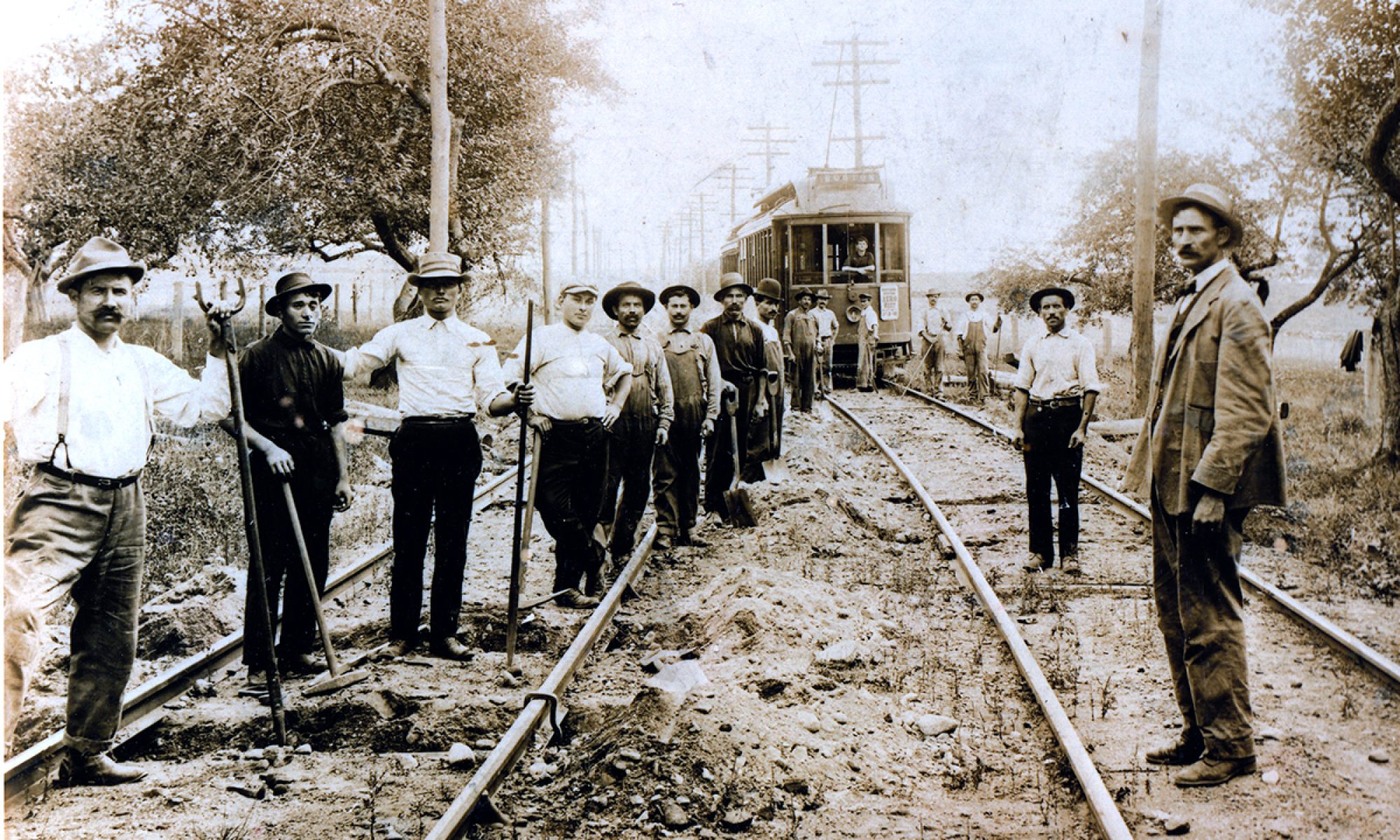DEERFOOT FARM CHRONOLOGY
1847 Founded by Joseph Burnett in Southborough (some accounts date it as 1850).
1854 Imported one of the first herds of Jersey cattle into the U.S.
1870 Pork products produced on a commercial basis. The Deerfoot sausage will eventually be known worldwide and featured on the menus of hotels, restaurants, steamships and gourmet food suppliers.
1871 Edward Burnett became Deerfoot President.
1872 Deerfoot products offered to the Boston market.
c.1878 Deerfoot began bottling its milk in glass.
1879 Deerfoot became the first dairy to use a centrifugal separator commercially. This cream separator is in the collection of the Smithsonian Institute in Washington, D.C. A Store/Office was opened in Boston. The final Store/Office was closed in 1929.
1883 Guernsey cows were imported by Edward Burnett.
1886 Edward Burnett elected as a U.S. Representative and served from 1887-1889.
1886-1891 James Russell Lowell, American romantic poet and Edward Burnett’s father-in-law, lived at Deerfoot Farm from 1886-1891.
c.1892 Robert Burnett became Deerfoot President and Edward Burnett left Deerfoot to pursue his passion for farm architecture and cattle breeding for wealthy gentlemen farmers.
1892 Grover Cleveland visited Deerfoot and made it his Presidential campaign headquarters in the area.
1893 Deerfoot began acquiring acreage that would eventually become ‘Little Deerfoot’ located nearby where the young heifers were raised to become milkers.
1894 Joseph Burnett died. State began takeover of prime land for a reservoir and the original farm buildings were eventually razed. Due to Robert Burnett’s efforts, only 20 acres of pastureland, including the farm buildings were taken.
1897 New and larger farm buildings were built including a large hay barn with cow sheds, 4 farm houses, a worker’s boarding house and a stable on Deerfoot Road. A sausage factory and a new dairy were opened. The barn and cow sheds were advanced and a model for the agricultural industry. Crystal Pond began supplying water to the farm. Ice continued to be cut from the reservoir until around WWII. An ice making plant was installed at the dairy with water supplied by artesian wells. These supplied water for the dairy and the sausage plant as well. A Store/Office was opened in New York City. The final Store/Office was closed in 1929.
1898 Robert Burnett patented a “bowling pin” shaped milk bottle. His brother Edward also patented several farm and dairy related items.
c.1900 A creamery/milk depot was opened in Northborough, Mass.
c. 1900-1935 Creameries were opened at various times during these years, in Plainfield, Vt., Bristol, N.H., Contoocook, N.H., Charlotte, Vt., Rumney, NH and Castine, Maine. Milk was supplied by local farms and the processed cream was shipped to Southborough by rail. Butter was made at some creameries as well.
1911 Deerfoot began ‘In-Bottle’ Pasteurizing. It was the most famous and one of the very few dairies to do so. By this time Deerfoot, along with milk from its own herd of approximately 150 milkers, bought milk from 129 local area dairies. An outbreak of tonsillitis that same year from Deerfoot Farm which killed 48 people from milk supplied by Deerfoot. Biology Professor C.E.A. Winslow who investigated the case absolved Deerfoot of wrong doing, but suggest their milk should be pasteurized (see above). At its peak, Deerfoot owned between 900 -1,000 acres of land in Southborough.
1925 Edward Burnett died.
1929 Robert Burnett died. National Dairy Products, Sealtest, (General Ice Cream Corp.) purchased Deerfoot. The Joseph Burnett and Edward/Robert Burnett estates, which had served as Deerfoot’s main farm houses remained under Burnett family ownership. By the time of this purchase, Deerfoot Farms was one of the major suppliers of milk products in the Boston and Eastern Massachusetts’ market. M. Kraus & Bros., NY handled their pork distribution in New York City until 1970.
1933-1935 ‘Deerfoot Farm Maid’ went to the South Pole with Admiral Byrd.
1934 By this year, Deerfoot Farm sausage was one of the biggest radio advertisers in the nation.
Late 1930’s Wellesley Farms property was leased until c. 1952.
1940-1945 Deerfoot supplied pork products to the allies during WWII and was recognized by the government and presented with the Achievement “A” Award with White Star for outstanding production.
1942 Deerfoot sausages were featured on the Thanksgiving and Christmas menus at the White House.
1944 The pork processing plant expanded when Albert Lewis became general manager.
1947 Deerfoot’s 100th Anniversary. Dairy operation moved to Newton, Mass and ‘In-Bottle’ pasteurization ended.
1950 Deerfoot purchased Nourse Farm property in Bolton, Mass. The property was sold in 1955.
1956 Hygrade Food Products purchased the meat processing operation. The Deerfoot Farms Company name continued to be used.
1959 Dairy operation closed on December 31st and was sold to United Farmer’s Cooperative.
c.1965 The farm acreage in Southborough was sold and the barn and cow sheds were razed (including those of ‘Little Deerfoot’). The boarding house and 1 farmhouse had burned in prior years. The 3 remaining farm houses and stable/milk depot on Deerfoot Road became private homes.
1969 Deerfoot Farms Company ended when the meat processing plant was closed.
1970 Hygrade Foods sold the meat processing facility to Deerfoot Realty Trust, operating under the name of L. B. Darling Co. Inc. Idle Wild Foods, Inc. would take ownership of L. B. Darling in 1977. The Deerfoot Farms Company name was no longer used on their products after the early 1970’s. The plant was razed during the 1990’s and replaced by a modern medical facility
